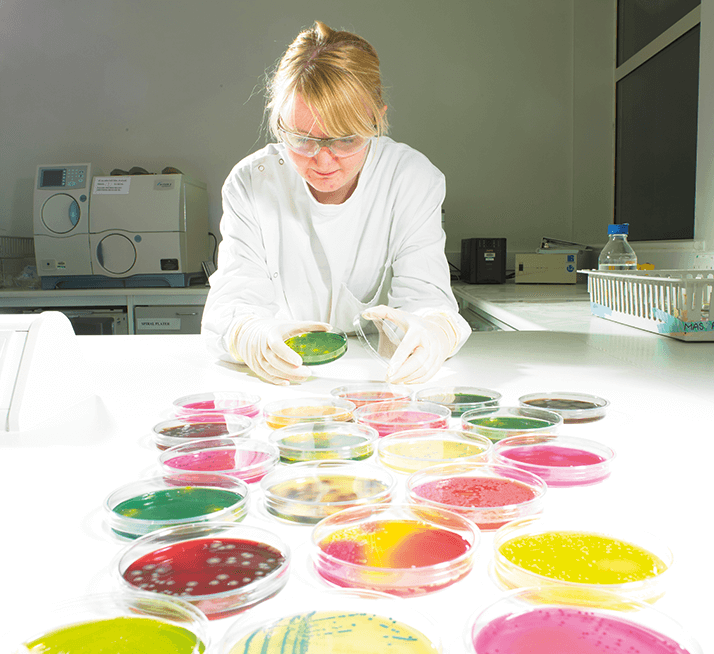
Doing the Dishes
The control of microbes in food is a primary objective across the industry. Whether it be eliminating pathogens, reducing spoilage organisms or encouraging beneficial organisms to grow, an understanding of the microbiology of different food systems is imperative. Photo: Campden BRI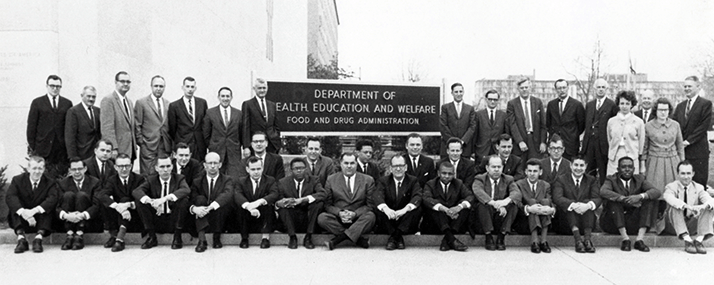
Class of ‘64
The first (1964) graduates of the FDA Institute of Advanced Analytical Chemistry are pictured here, a joint venture of FDA and Georgetown University to keep FDA field and headquarters scientists abreast of developments in chemistry. Photo: United States Food and Drug Administration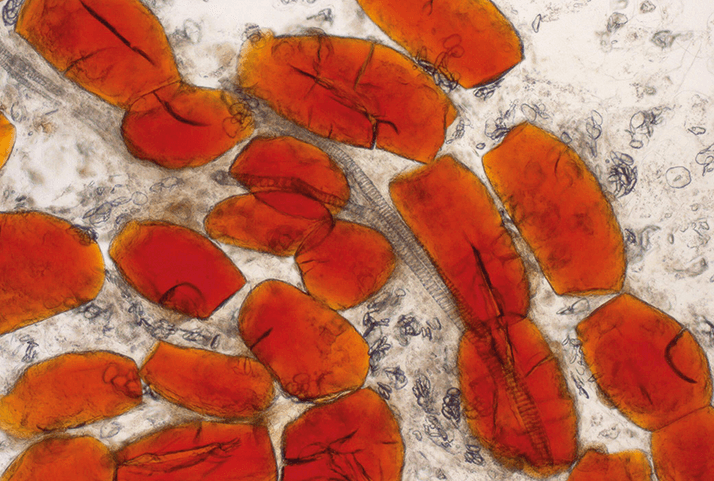
Have a Banana
Tannin bodies in ripe bananas. Material prepared using cell separation technique. Unripe bananas contain tannins in cells associated with the vascular strands, which are responsible for the astringency of banana flesh. During ripening, the tannins condense into bodies, which means they are no longer astringent. Photo: Mary Parker, Institute of Food Research, UK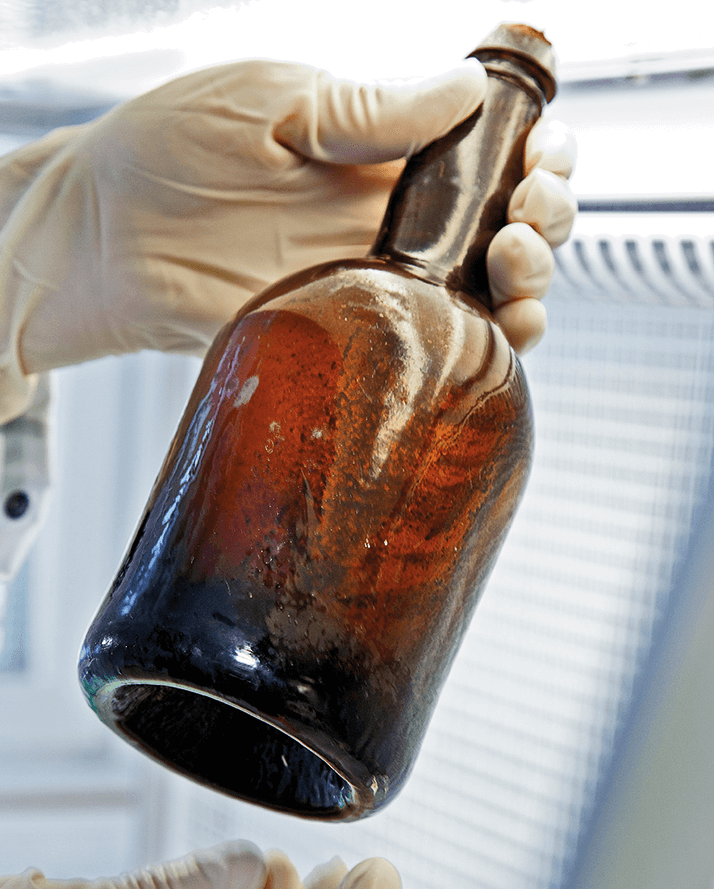
Old Ale
One of two bottles of beer from an 1840 shipwreck that were selected for in-depth analysis.For more info: tas.txp.to/0815/beer Photo: VTT Technical Research Centre of Finland
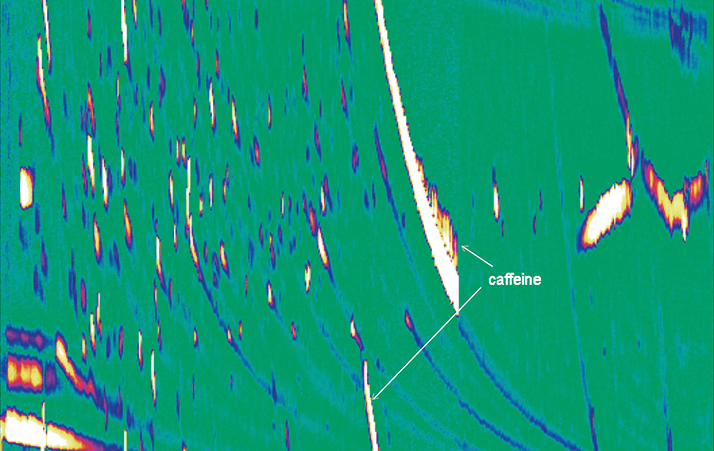
Tea With... Caffeine
The neutral basic fraction of a Solvent-Assisted Flavour Evaporation (SAFE) extraction of a commercial tea product. (First dimension: 25 m, 0.25 mm ID, 0.25 μm DB1; second dimension: 1 m, 0.10 mm ID, 0.1 μm BPX50; carrier gas: helium; temperature: 30°C > 4°C/min > 220°C; detector: ToF-MS.) Photo: M. Adahchour, Vrije Universiteit, AmsterdamClick the links below for more When Art Meets Science: Where Art Meets Science In Our Environment In Our Bodies Out of this World
